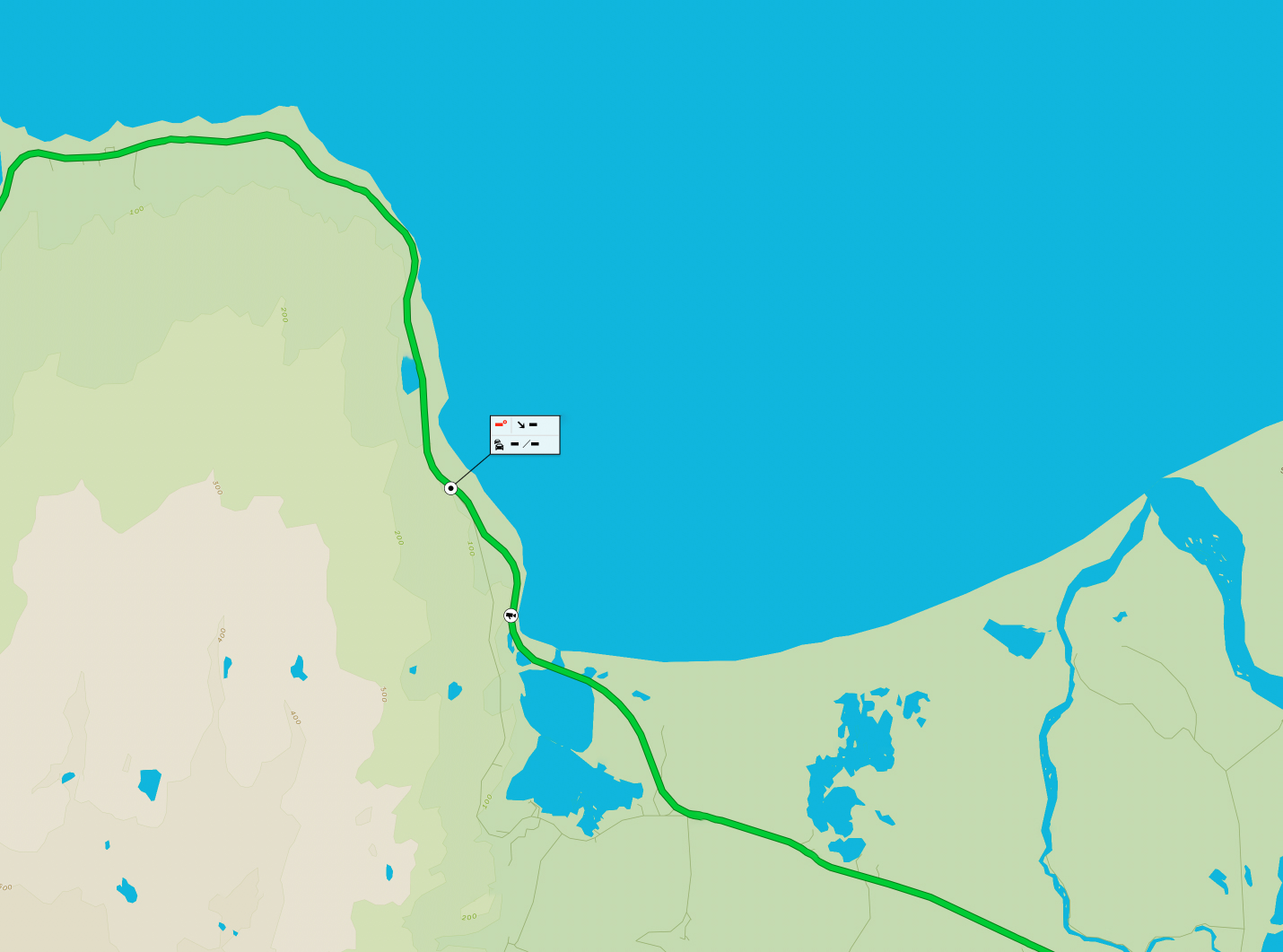PDF · desember 2014Multichannel Analysis of Surface Waves Methods for dispersion analysis of surface wave data
Knowledge of the geotechnical properties of subsoil sites, such as the stiffness of the topmost soil layers, is essential in various civil and earthquake engineering projects. Several different methods can be applied to estimate the stiffness of soils. Among those are drilling methods such as down-hole and cross-hole seismic surveys, methods where the resistance of soil to penetration is measured like the standard penetration test (SPT) and the cone penetration test (CPT) and surface wave analysis methods. In surface wave methods, Rayleigh-type surface waves are generated and used to infer the shear wave velocity profile of the test site as a function of depth. The shear wave velocity of individual soil layers is directly proportional to their shear modulus, which is their stiffness. Compared to other available methods, surface wave methods are low-cost, as well as being non-invasive and environmental-friendly since they neither require heavy machinery and nor leave lasting marks on the surface of the test site. Moreover, surface wave methods have been shown to provide consistently reliable results (Park, Miller & Xia, 1997; Xia et al., 2002). Surface wave analysis methods for estimating shear wave velocity/stiffness of subsoil sites are therefore of great interest.

Multichannel Analysis of Surface Waves Methods for dispersion analysis of surface wave data












